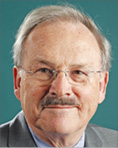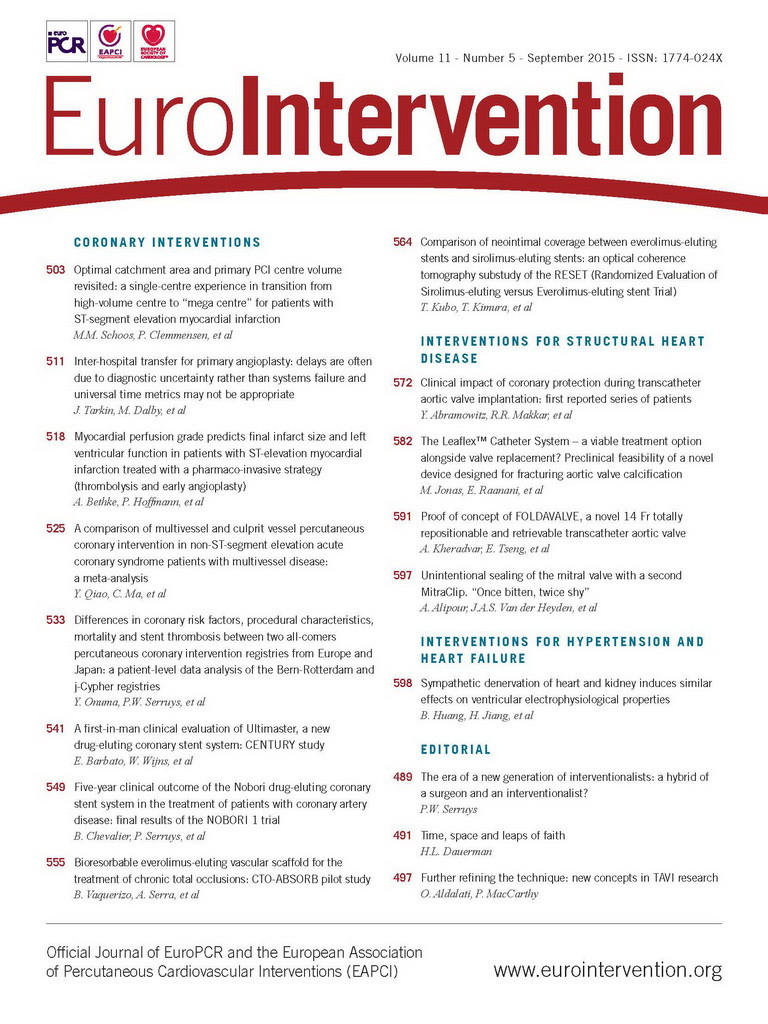
I recently had the great pleasure of visiting Francesco Maisano at his experimental laboratory at the University of Zurich. As an expert in minimally invasive valve surgery, Francesco embodies a new generation of cardiovascular surgeons. In fact, it is probably fair to say that he is one of the most renowned experts in the field, possessing a wealth of hands-on experience in transcatheter valve treatments such as TAVI, TMVI and MitraClip therapy.
In this experimental lab, I watched Francesco work in a well-equipped hybrid room cannulating the coronary sinus in a pig model and performing angiography (as does the best angiographer) by selecting in optimal fashion the correct view of the structures which he has in mind in his capacity as a surgeon. Of course, the puncture of the apex with a device of 41 Fr requires a 100% perfect “pursing” technique in order to avoid the true apex and, in addition, must be aligned perfectly coaxially with the plane of the mitral valve. This requires a mental 3D view of the heart that only an expert echographer or surgeon possesses in order to reconstruct these views in his mind before the puncture. Once the puncture has been performed, the procedure resembles what an interventional cardiologist does with the exception here that the surgeon uses 3D echo guidance, following the echo images on two screens for assessment of the coaxiality of the device in the left ventricle and apposition of the device against the mitral leaflets. At the same time, Francesco was reaching out to the keyboard of the 3D echo machine to optimise the angulation and visualisation of the valve. Holding the heavy device with one hand, he twice triggered the delivery system of the clipping mechanism of the device, while pushing forward the whole mitral apparatus.
At the end of the procedure, I asked myself if I was watching a new species of doctor, a complex hybrid of an angiographer, an echographer, a surgeon and an interventional cardiologist. The question I raised with Francesco was whether it was reasonable to work this way or to have four individuals around the table for the procedure. His answer was neither yes nor no. Even now, I do not know if the future will be a “one-man show” integrating knowledge of multiple fields or the contribution of four individuals each with their own dedicated field of expertise. In the case of Francesco, he is without doubt an extremely talented and gifted practitioner who has amassed a deep understanding and a vast knowledge of the many facets of valvular therapies.
Is it possible that others can be raised to this level? Only time will tell.
This is a discussion whose goal is not to sing Francesco’s praises (though this is certainly merited), but rather which is primarily directed towards how we want to shape the future of the new generation of interventionalists. Today, the technological revolution of healthcare is becoming more apparent with the development of many tools to aid our daily practice, for example highly advanced imaging modalities in echo, CT fluoroscopy and in the cathlab. Some of us can even use 3D prints in order to rehearse procedures. In the short term, we might, for example, see the introduction of devices such as Google Glass-incorporated echo images. Further ahead, perhaps holograms of the patient’s heart will enter our practice.
Our methodological point of departure is this. Who will succeed in the long term – the singular brain which multitasks, digests and integrates so much information or a team of brains? Will technology push forward a new generation of singular hybrid interventionalists?

